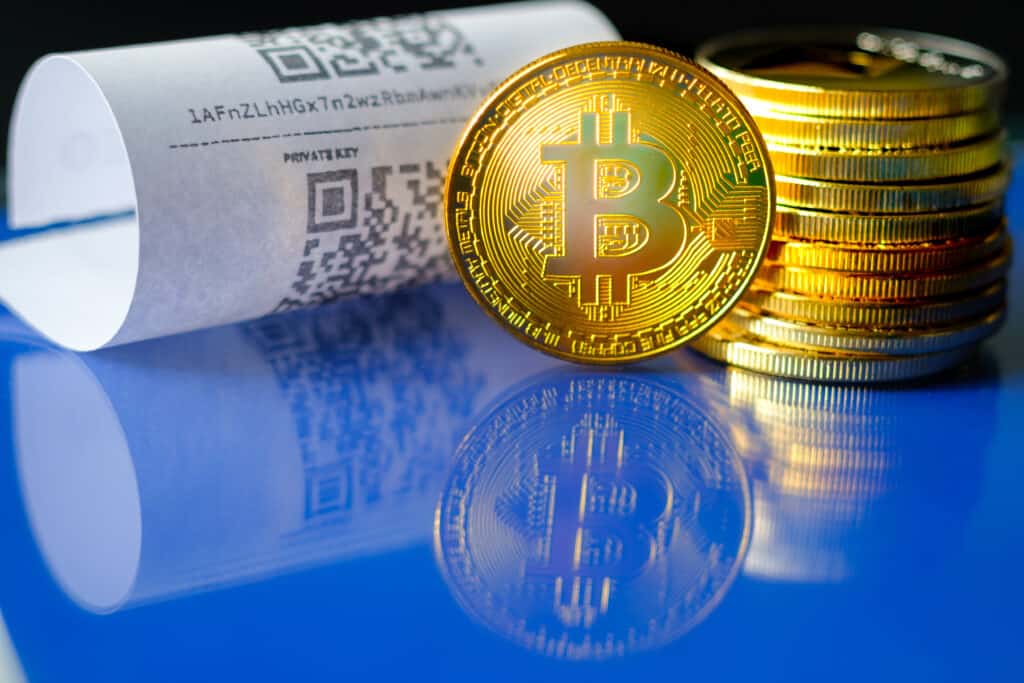
The process of creating a Paper Wallet typically involves generating the fresh Paper Wallet address and its associated private key offline. This procedure ensures that keys remain private and not accessible online, which reduces the risk of theft or unauthorized access. A variety of online and offline tools can be used to create paper wallets, allowing users to customize their wallets with additional security features such as passphrase encryption and QR code printing. Once the wallet is created and printed, it is then able to be written on or printed on a piece of paper, hence the name "paper wallet."
Making a paper Wallet is a fairly simple process, requiring minimal technical know-how. Numerous web-based services and tools offer user-friendly interfaces for designing paper wallets with security. Most often, customers create two Paper Walletgraphic keys - a private key that allows for the receipt of the funds, and a personal key that allows access to and expenditure of the funds. Once generated, this information can be written or printed onto a physical medium, such as paper or a metal sheet, then stored in a safe and secure location.
While it's simple and offers advantages in terms of security, the Paper Wallet also comes with particular risks and constraints. One of the main concerns is the physical vulnerability of the paper. The paper can degrade with time because of environmental conditions including heat, moisture and fire. This could end up rendering the wallet unreadable. Paper wallets are also vulnerable to theft or loss if not stored properly. As opposed to hardware wallets that are easily replicated or replaced, any paper wallet damaged or lost can lead to the irreparable destruction of the funds. To generate supplementary information kindly head to bitcoinpaperwallet.com/bitcoinpaperwallet/generate-wallet.html

Despite its advantages, Paper Wallets come with their own set of considerations and potential pitfalls. A major concern is the physical security of the paper itself. Contrary to the digital storage options that can be stored and replicated, paper could be destroyed, damaged, or even destroyed. Fires, accidental spills or natural catastrophes can cause the loss of access the Paper Wallet funds. This is why it's important that you store your wallet's paper in secure and durable locations, such as fireproof safes or safety deposit boxes to reduce the risk.
Another factor to consider is the convenience issue associated with paper wallets compared to digital wallets. Transferring money from a paper wallet requires manually entering the private keys into a digital wallet this can be tedious and possibly error-prone. Furthermore, accessing the funds in a wallet that is paper-based may not happen immediately, since it requires getting the physical wallet and entering the private key, this can prove inconvenient in urgent situations.